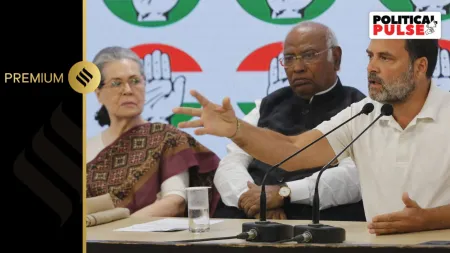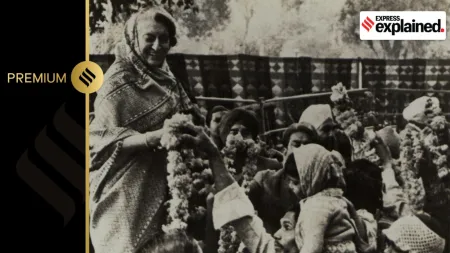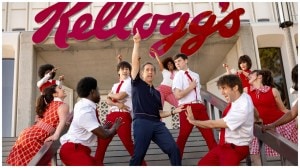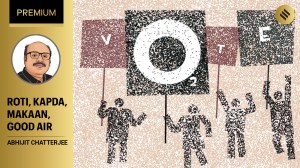- India
- International
A Reel Gap
Our films continue to deal with mental illness in insensitive ways.
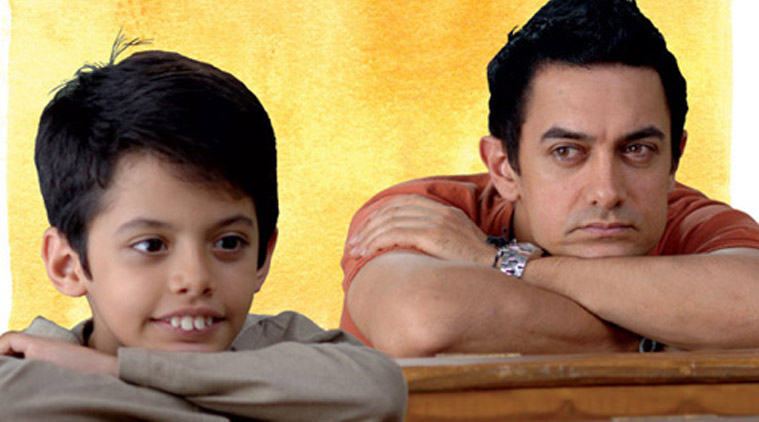 In our films, mental health facilities are places of seclusion and torture.
In our films, mental health facilities are places of seclusion and torture.
By: Sudhir K. Khandelwal
Most of us can still recall the 2001 film, A Beautiful Mind. The scene where John Nash argues about how to woo girls in a bar using game theory is still vivid in my memory. The film gave us a glimpse into Nash’s brilliant mind as well as his dysfunctional life. While no celluloid depiction could portray his mental state in a comprehensive way, the film was able to capture the agony of his existence — Nash suffered from chronic paranoid schizophrenia, characterised by delusions and auditory hallucinations. It scores over many other films dealing with mental illness.
Now for a reality check. Mental illness was also touched upon by the recent film, Tanu Weds Manu Returns. The opening scene, in a contemporary mental health facility in the UK, showed a couple in a counselling session for marital discord. They were hurling accusations at each other and the husband lost his temper. Alarmed, the therapist team summoned security, the husband was taken away, put into seclusion and subjected to electroconvulsive therapy (ECT). A case of marital discord being managed by what Bollywood knows best, ECT. It is as if the only way stress manifests itself is aggression, and ECT is the only treatment for all ills.
Bollywood seems light years behind when it comes to portraying mental illnesses and their management. Though there have been some sensitive and insightful characterisations in Hindi films, these are few and far between. In mainstream cinema, mental illness is more commonly used for comic relief, eliminating unwanted characters and, sometimes, sensationalising the plot.
But cinema is a powerful medium and the way in which mental illness is handled in films can influence societal perceptions. Unfortunately, Hindi films have mostly only propagated myths, misconceptions and fears about mentally ill persons and thus increased the stigma attached to them. This is a significant impediment to people accessing treatment. One could argue that art imitates life and that cinema is only portraying what is already happening in society. But interestingly, people who have been suffering without treatment often seek out help only after they see situations and behaviours that they identify with in films.

Let us look at the big picture. Mentally ill people are shown as behaving in agitated, unpredictable and dangerous ways (Raat Aur Din, 1967), displaying odd mannerisms and immature behaviour (Damini, 1993) or indulging in senseless violence (Raja, 1995). All forms of mental illness are presented in the same stereotypical fashion. In fact, they are varied and their manifestations, manifold. Little respect is paid to a depressed person. Her trials find no nuanced expression in the usual narrative. The only way to construct their character is to throw them into a dark abyss where lunacy, violence and a dishevelled appearance become the main attributes — for instance, Sanjeev Kumar’s portrayal of a character suffering from a personal loss in award-winning Khilona (1970).
In our films, mental health facilities are places of seclusion and torture. They evoke dread in the viewer. Filmmakers commonly show patients being chained and tortured (Yaarana,1981, Tere Naam, 2003). ECT is ubiquitous, the ultimate tool wielded by psychiatrists to treat all manner of conditions. It is depicted to have many other uses as well. It was administered to Dev Anand to induce a brand new identity (Jewel Thief, 1967), to Amjad Khan as a punitive measure (Yaarana) and to make Meenakshi Seshadri “mad” (Damini). Psychiatrists have also not escaped stereotyping. They are shown as buffoons (Funtoosh, 1956, Anhonee, 1973), or colluding with villains (Jewel Thief, Damini).
Fortunately, the winds of change are beginning to be felt now. Taare Zameen Par (2008) was well researched and sensitively explored the life and imagination of a dyslexic child. In 15 Park Avenue (2005), viewers travel with a person with schizophrenia and see an empathetic depiction of her non-existent world. For long, the rendering of mental illness on the big screen has been poor. Its increasingly realistic portrayal could help reduce the stigma attached to it and improve the accessibility of specialised help.
The writer is professor and head, department of psychiatry, AIIMS. With help from Koushik Sinha Deb, Vijay Krishnan and Rishi Gupta
EXPRESS OPINION
More Explained
May 10: Latest News
- 01
- 02
- 03
- 04
- 05


